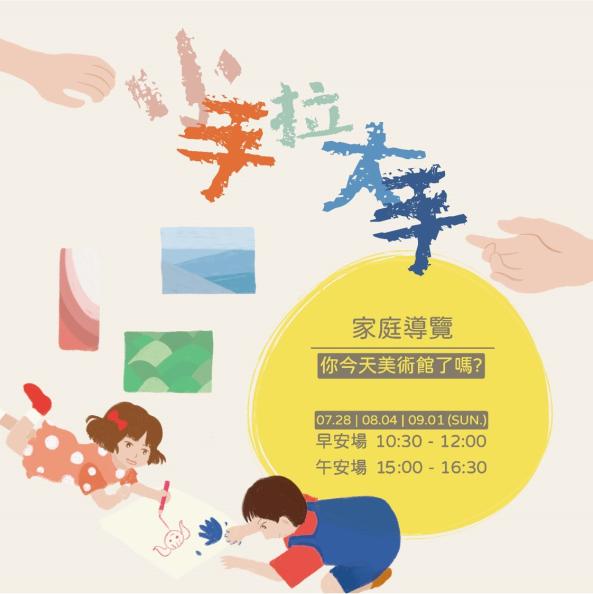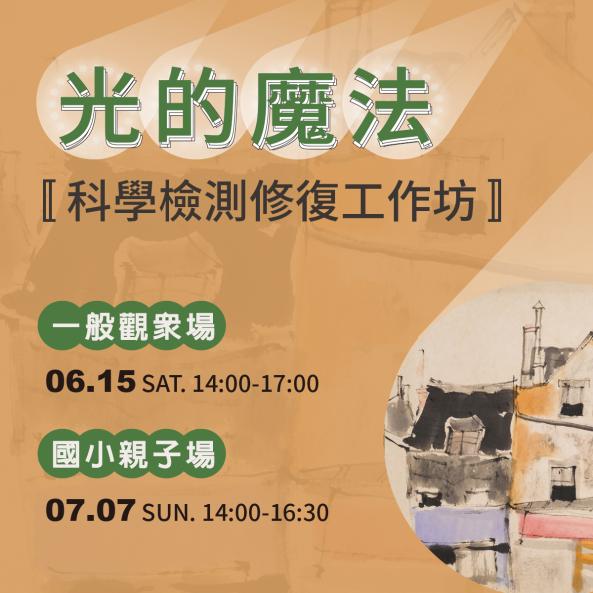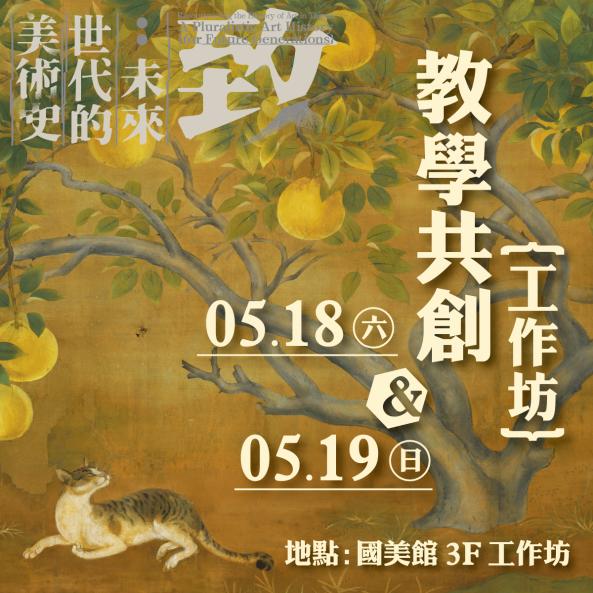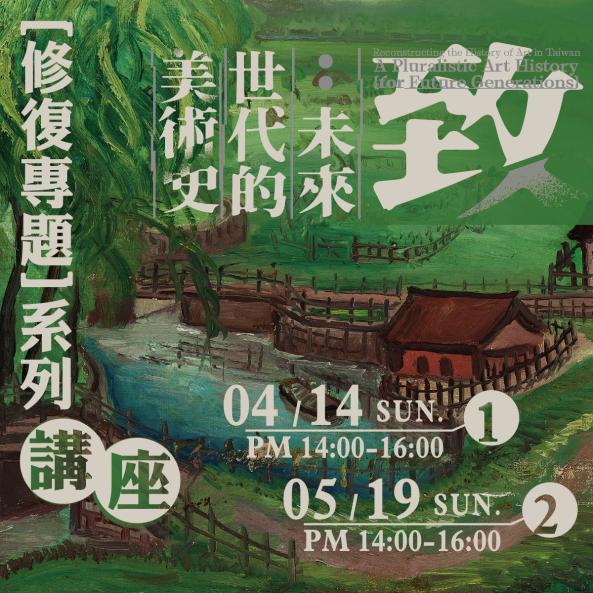-
 Organizer
:
National Taiwan Museum of Fine Art
Organizer
:
National Taiwan Museum of Fine Art
-
 Available Services
:
語音導覽
Available Services
:
語音導覽
Date and Venue:
Exhibition of Collection
Gallery 301, the corridor between Galleries 301 and 302
2024/3/23 (Sat.) – 2024/12/29 (Sun.)
Exhibition of Restoration and Conservation: 2024/3/23 (Sat.)-2024/7/28 (Sun.)
Exhibition Cultural Accessibility: 2024/8/24 (Sat.)-2025/3/16 (Sun.)
Curators: HUANG Yung-Chun, CHEN Ta-Fen, DAI Wen-Shan, LEE Wen-Yuan, WU Li-Chuan
About the Exhibition
"Reconstructing the History of Art in Taiwan," a part of "The Forward-looking Infrastructure Development Program," was launched by the Ministry of Culture in 2018, and it entails systematic examination, collection, and organization of various art genres, including visual art, craft, literature, and music, with the objective of reconstructing the history of art in Taiwan and the archives and literature that were overlooked in the past. Local and private resources are linked to collectively conserve and preserve the nation's important art assets. At the same time, through strategic directions that involve organizing exhibitions and performances of diverse perspectives, representing historical memories, and allowing the works of Taiwanese artists to be seen again, connections and dialogues relating to contemporary life are established, forming a cohesive system of knowledge about Taiwan's culture and art, with the memories and cultural assets of zeitgeist significance preserved for future generations.
Bearing the goal of "Reconstructing the History of Art in Taiwan" in mind, the developmental context of the history of art in Taiwan and in-depth studies of historical perspectives are a priority of the National Taiwan Museum of Fine Arts (NTMoFA). From 2018 to 2023, through refined and specialized collection, restoration and conservation, and digitalization of academic research, publications, artworks, and literature and historical materials, the museum has organized over a hundred exhibitions and promotional events related to these endeavors, with the historical trajectories and aesthetic features observed throughout the development of art in Taiwan presented. Throughout the years, the museum has acquired over 800 important artworks, with appropriate conservation and restoration treatments conducted, which has made the museum's collection of artworks from the 18th century onward more contextually complete. In order to construct a knowledge system for this important collection, the exhibition, "Converging and Tracing Origins: Early Taiwanese Calligraphy and Paintings in NTMoFA Collection," was organized, with the evolution and development of calligraphy art and painting in Taiwan during the Ming and Qing period to the Japanese colonial period (1640-1945) explored. Moreover, from 2017 to 2019, the Ministry of Culture actively facilitated the donation of 670 artworks from the collection of Dr. Hsu Hong-Yen, the founder of the Sun Ten Museum located in Irvine, USA; the collection includes artworks by Taiwanese artists that covered the span of half a century. The NTMoFA undertook the cataloging, organization, restoration, and conservation of the artworks, with a special exhibition and other promotional events organized, which were greatly received by people from various backgrounds. In the past six years, the museum has also received other major donations of artworks by Huang Tu-Shui, Lin Yu-Shan, Hung Jui-Lin, and Chuang Shih-Ho and continues to keep close contact with senior cultural figures, veteran artists, family members, and collectors, working together with them to conserve works of art and the related archives. A long-lasting cultural significance has been formed through this process, with people from various fields coming together to preserve Taiwanese art.
The exhibition, "A Pluralistic Art History for Future Generations", is based on the outcome of the aforementioned collections and the preservation of those important art assets, with diverse perspectives presented to showcase the tasks of reconstructing art history that the NTMoFA has carried out in the last several years. Major points from the outcome are organized and presented incrementally in the following three key sections: artwork collection, restoration and conservation, and cultural accessibility. Presented are the museum's systematic approach toward the preservation, conservation, and restoration of its collected artworks; displays and interpretations of classic artworks and art literature; studies and curatorial planning of topics and issues on art knowledge; audio-visual documentaries and research publications on artists; and integrated content that focus on cultural accessibility, in particular on the accessibility and translation of art. The objective is to show the interconnections between the development of art and Taiwan's cultural subjectivity, and how we can pass down the cultural significance and assets of art to future generations; develop an understanding and pride in our history; and proceed to form a forward-looking vision for the future.
| Attachment(s) | Description of Attachment(s) |
|---|---|
| 「致未來世代的美術史」-中文展覽手冊 | 中文展覽手冊 |
| A Pluralistic Art History for Future Generations | Exhibition Brochure |




